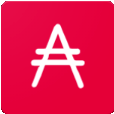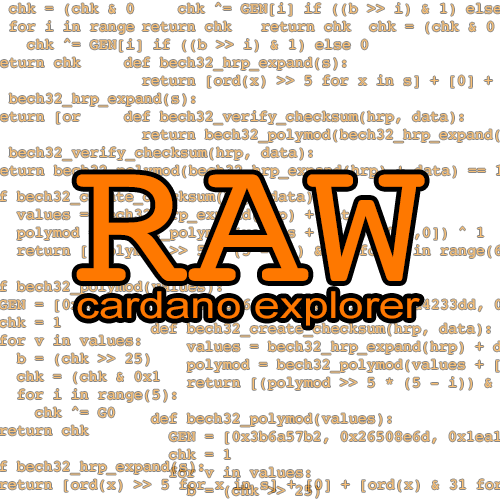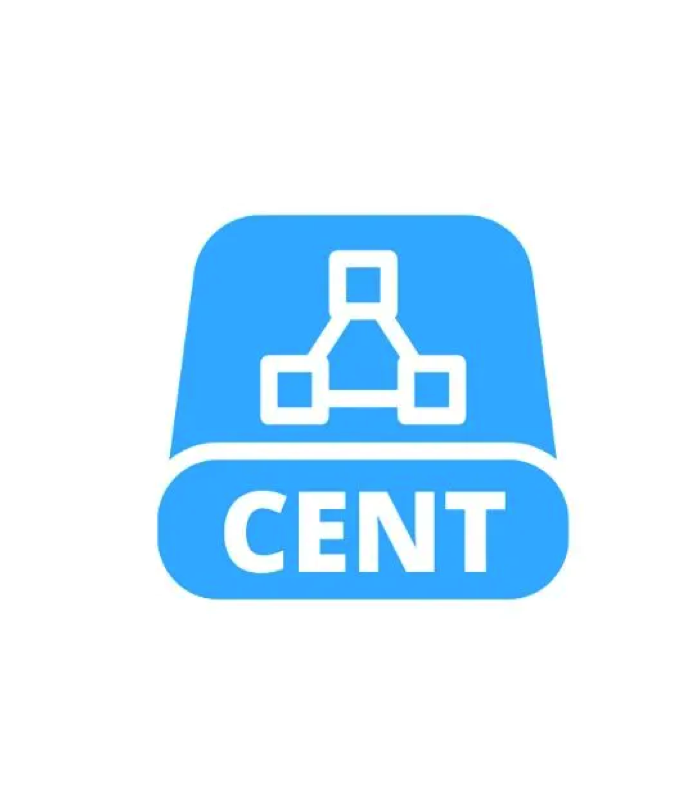Blockchain Explorer
Adastack.io
Explore the Cardano ecosystem: DApps, wallets, NFTs, DeFi, DAOs, tools, and guides. Instantly find trusted Cardano projects and resources.
 Adastack.io
Adastack.iobeerhouse.io
The portfolio Manager and Tracker on Cardano Ecossystem
 beerhouse.io
beerhouse.ioeUTxO.org
An intuitive (and pleasantly soothing) visualization of the contents of each block on the Cardano blockchain along with data points for that block.
 eUTxO.org
eUTxO.orgMilkomeda C1 Explorer
The block and transaction explorer for the EVM-based Milkomeda C1 sidechain.
 Milkomeda C1 Explorer
Milkomeda C1 ExplorerCexplorer.io
A feature rich block and transaction explorer for the Cardano blockchain, featuring a unique Richlist tool. (formerly adapools.org)
 Cexplorer.io
Cexplorer.ioRaw Cardano Explorer
Raw Cardano Explorer is a simple and fast app to search the Cardano Blockchain data.
 Raw Cardano Explorer
Raw Cardano ExplorerNative Tokens Dashboard
A list of all Cardano native tokens and transactions involving them along with minting and burning statistic, in both daily and monthly graphs, for the network.
 Native Tokens Dashboard
Native Tokens DashboardAdaStat
Statistics for stake pool operators and ada holders.
 AdaStat
AdaStatCardano Blockchain Insights
Easy to digest visualizations of a huge variety of data points from the Cardano blockchain and Cardano ecosystem over various time periods.
Cardano Blockchain InsightsCardanoscan
A Cardano blockchain explorer with a host of features and blockchain analytics tools. Statistics for the Cardano blockchain, and ADA, are shown on the home page
 Cardanoscan
CardanoscanCardano Blockchain Intelligence
An overview of blockchain and stake pool data points, also offering the user the opportunity to explore the metadata on Cardano.
 Cardano Blockchain Intelligence
Cardano Blockchain IntelligenceCardano Assets
A searchable database of all Cardano Assets, both FTs and NFTs, ranking tokens by multiple data points and offering insights into each token.
 Cardano Assets
Cardano AssetsPool.pm
Real-time data visualization of block reward distribution, stake movements, and overall staking statistics. Data is available back to Epoch 208.
 Pool.pm
Pool.pmADATools.io
A toolkit featuring a tool for every level of Cardano user; from an ADA currency converter, to a block explorer, to a developer’s playground.
 ADATools.io
ADATools.ioCardano Explorer
An IOG supported block explorer allowing the user to search for and browse epochs, blocks, addresses, and transactions.
 Cardano Explorer
Cardano Explorer
Here you’ll find all the Cardano explorers developed by both the community and IOG, the builders of the Cardano blockchain. These Cardano block explorers allow you to view Cardano transactions and search and explore blockchain data using a variety of pieces of information, including: a wallet address, transaction ID, asset ID, and policy ID.
Many of these Cardano blockchain explorers are also Cardano testnet explorers, and allow you to, separately, view the transaction activity for both the Cardano testnet and the Cardano mainnet.
Some of these block explorers offer simple, visual displays of the Cardano blockchain, others are true Cardano block explorers, allowing you dive deep into all the elements of Cardano transactions, others allow you to bring up and view the assets associated with a single blockchain address (i.e. your wallet), whilst others are data rich platforms offering insights into the past and current state of the Cardano blockchain—featuring data points, such as blockchain load, Cardano transactions per second, and the Nakamoto coefficient of Cardano.
Frequently Asked Questions
- Can Cardano be traced?
Yes, Cardano is a public blockchain so all the activity on it is in the public domain. This means that, like most other public blockchains, Cardano only offers users pseudonymity. Your holdings on Cardano can only be linked to you should your identity somehow be linkable to your holdings. Typically this is done through the purchase or exchange of assets on a centralized exchange where users are required to complete KYC.
- Where can I see my Cardano transactions?
A Cardano block explorer is the best place to view your Cardano transactions. You can also view many other elements of the Cardano blockchain on these cardano blockchain explorers. Each Cardano blockchain explorer displays the blockchain data and Cardano transaction data in its own unique way! View all the Cardano block explorers on Built on Cardano and find your favorite way to view the Cardano blockchain.